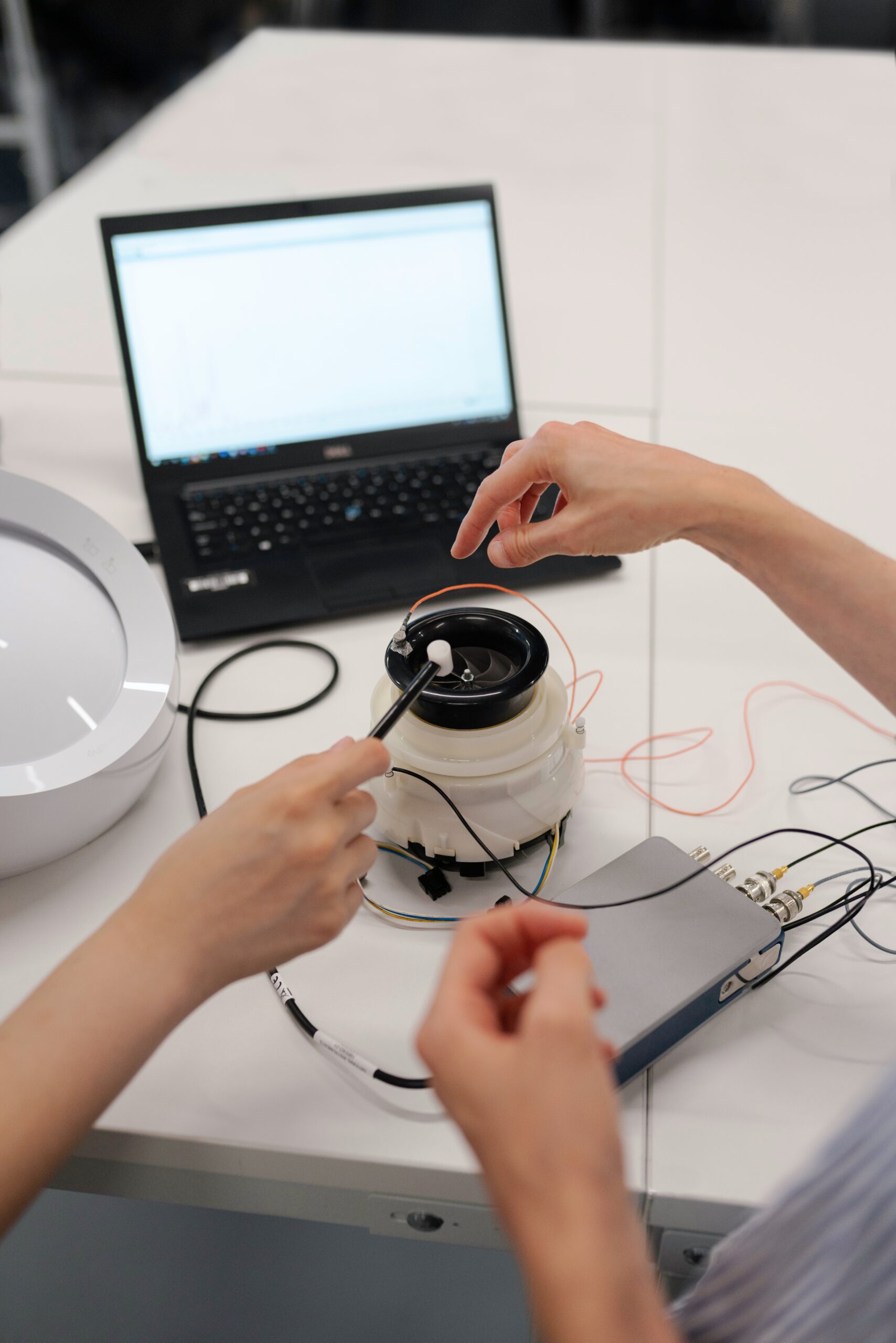Exploring Powerful Augmented Reality Development Tools

Introduction to Augmented Reality Development Tools
Augmented Reality (AR) has become a rapidly growing field, with applications ranging from gaming and entertainment to education and healthcare. As a developer, it is essential to have the right tools to create immersive and interactive AR experiences. In this blog post, we will explore some of the most popular and powerful AR development tools available today.
Unity
Unity is one of the leading platforms for creating AR applications. It provides a comprehensive set of tools and features that make it easy to develop AR experiences for various platforms, including mobile devices and headsets. Unity’s AR Foundation package allows developers to build cross-platform AR apps using a single codebase.
With Unity, you can create realistic 3D models, add animations, and apply physics to objects in your AR scene. It also supports marker-based and markerless tracking, allowing you to place virtual objects accurately in the real world. Unity’s extensive library of assets, plugins, and community support makes it a popular choice among AR developers.
Vuforia
Vuforia is an AR platform that offers robust computer vision capabilities. It enables developers to create AR applications that can recognize and track images, objects, and environments. Vuforia’s advanced image recognition technology allows you to overlay digital content on real-world objects, such as product packaging or posters.
With Vuforia, you can build AR experiences for both iOS and Android devices. It provides easy-to-use APIs and a Unity integration that simplifies the development process. Vuforia also offers cloud recognition, which allows you to store and manage image targets in the cloud, making it easier to update and maintain your AR applications.
ARKit
ARKit is Apple’s framework for creating AR experiences on iOS devices. It provides developers with the tools and resources to build immersive AR apps that take advantage of the latest hardware capabilities, such as the iPhone’s powerful camera and sensors.
ARKit supports features like motion tracking, allowing virtual objects to interact with the real world accurately. It also offers plane detection, which enables you to place virtual objects on horizontal surfaces like floors and tables. With ARKit, you can create AR experiences that seamlessly blend digital content with the physical environment.
ARCore
ARCore is Google’s platform for developing AR applications on Android devices. It provides similar features to ARKit, including motion tracking and environmental understanding. ARCore also supports cloud anchors, which allow multiple users to interact with the same virtual objects in a shared AR space.
With ARCore, you can create AR experiences that work on a wide range of Android devices, reaching a large user base. It provides APIs for accessing the device’s camera and sensors, making it easy to develop interactive and immersive AR applications. ARCore’s integration with popular development tools like Unity and Unreal Engine further simplifies the development process.
Conclusion
Augmented Reality is transforming the way we interact with digital content, and having the right development tools is crucial for creating compelling AR experiences. Unity, Vuforia, ARKit, and ARCore are just a few of the many powerful tools available to developers.
Whether you are a beginner or an experienced developer, these tools provide the necessary features and resources to bring your AR ideas to life. So, choose the tool that best suits your needs and start creating amazing augmented reality applications. Happy developing!